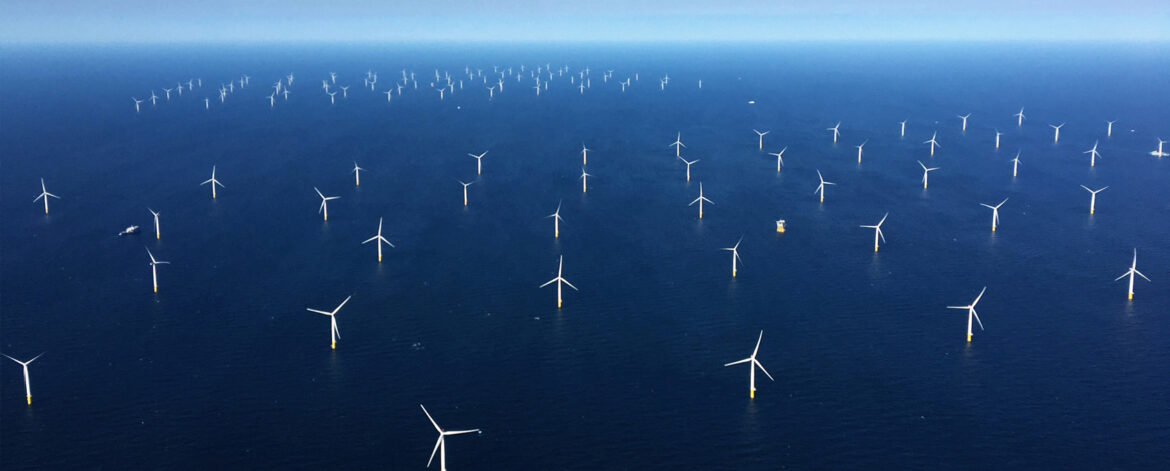The UK government has disclosed a budget exceeding GBP 1 billion (approximately EUR 1.2 billion) for the Contracts for Difference (CfD) Allocation Round 6 (AR6) this year, with the majority, GBP 800 million (around EUR 936 million), allocated for offshore wind projects.
The Department for Energy Security and Net Zero (DESNZ) confirmed the budget distribution across three pots, with GBP 120 million designated for established technologies like solar and onshore wind in Pot 1, and GBP 105 million set aside for emerging technologies such as floating offshore wind and geothermal in Pot 2.
The record allocation of GBP 800 million for offshore wind aims to support the UK’s ambition of achieving up to 50 GW of offshore wind by 2030, including up to 5 GW of floating offshore wind. The maximum price available for both fixed-bottom and floating offshore wind projects has been increased, providing developers with more favorable conditions in the upcoming AR6, which opens on March 27.
Funding for the support will be derived from energy bills, with potential additional charges if electricity prices surpass predetermined rates, and excess funds returned to consumers.
The Association for Renewable Energy and Clean Technology (REA) welcomed the increase in the CfD budget but expressed disappointment in the lack of sector-wide measures in the Spring Statement.
Frank Gordon, Director of Policy at REA, stated, “This is a political budget above all that does not reflect the urgency of Net Zero, and while we welcome the CfD budget announced alongside the Spring Statement today and an extension of the windfall tax on oil and gas excess profits, this is disappointing overall.”
RenewablUK also noted the welcome uplift in the clean energy budget but criticized the missed opportunity to maximize offshore wind capacity in this year’s auction. Dan McGrail, RenewableUK’s Chief Executive, said, “However, the Treasury has missed the opportunity to maximize the amount of capacity which the UK could have secured in this year’s auction for new offshore wind farms. This funding will only secure between 3 to 5 gigawatts, meaning a delay in attracting billions of pounds in private investment.”

